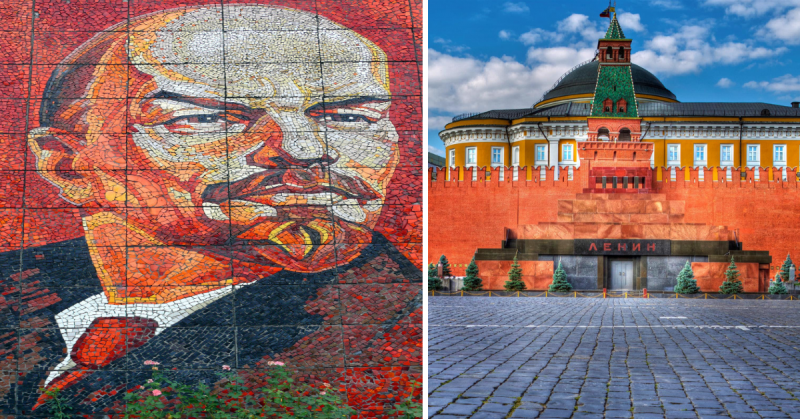In the summer of 1941, in connection with the beginning of World War II, Moscow was in a state of martial law. The raids by German bombers forced the government to begin evacuating valuable items, important archival documents, cultural objects and museum exhibits. One of the most important and expensive objects to be evacuated was the mummy of the leader of the October Revolution and the first ruler of the Soviet state, Vladimir Lenin.
In connection with the military situation in Moscow, a special commission worked on a plan to preserve Lenin’s body. Three engineers–Smirnov, Kudin, and Nikitin–offered to strengthen the mausoleum and fill the central part of it with of sand to create a buffer. However, this idea was not approved, and an urgent decision was made to evacuate Lenin’s body to a safe place.
Soon after that was decided, Professor Boris Zbarsky was urgently summoned to the Kremlin. He had led the special laboratory of the Mausoleum that preserved Lenin’s body and had taken part in the embalming process. Zbarsky was informed that Lenin’s body was to be evacuated from the Moscow mausoleum to the city of Tyumen, and Zbarsky and his staff would be responsible for the safety of the “cargo.”
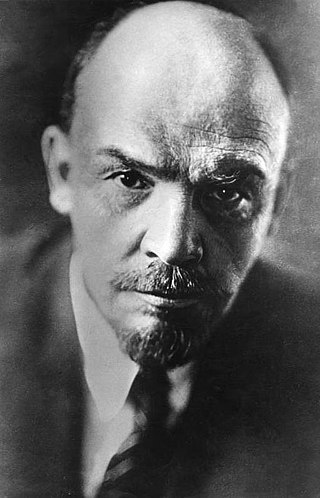
Accordingly, Lenin’s mummy was placed “in a special wagon of a special train for evacuation into the city of Tyumen for preservation.” In total, three special purpose trains were used for the evacuation of Lenin. The first train carried numerous guards, the second train carried Lenin’s body and all the staff, and on the last train were more military men.
Before departing, the Chekists conducted a thorough inspection of the technical condition of the trains. The train in which Lenin’s body was transported was equipped with special shock absorbers, and the interior was modified to create and maintain an optimal microclimate, which was controlled by a team of specialists.
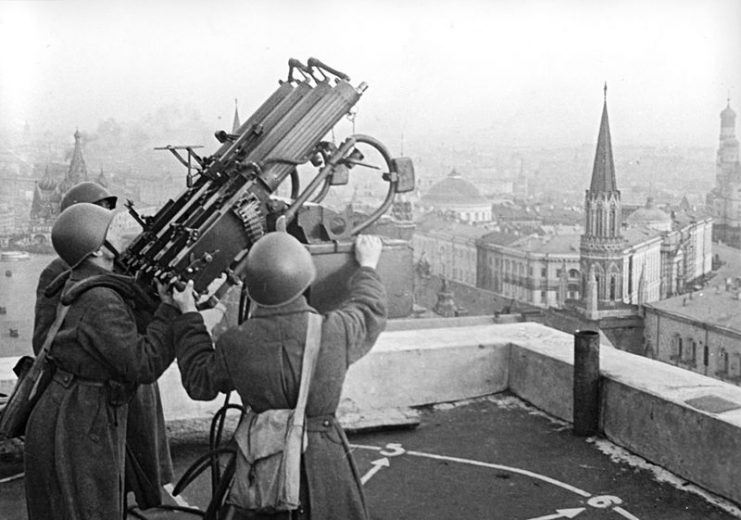
During the trip, Professor Zbarsky stopped the train several times to check that all the equipment was still working. All the railway stations along the tracks were heavily guarded. In 1945, Boris Zbarsky gave an interview, initially classified, to a Moscow journalist:
In the Mausoleum, the body lay motionless for 17 years, but here it was necessary to drive it by car and a few days by train. In the Mausoleum, it was preserved at a constant temperature of 16 degrees [60 degrees F], and on 3 July, there was a hell of heat on the street, 37 degrees [98 degrees F] in the shade, the same heat in the cars and in Tyumen itself. Oh, we suffered from fears and torments! But our method has withstood all the tests.
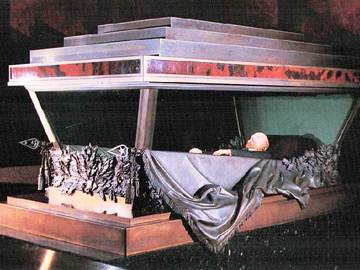
After the train arrived in Tyumen, where guards stood on duty at each car, the Chekists took out Lenin’s body and immediately placed it into a truck. No one in Tyumen, including the local authorities, was warned about the arrival of such a valuable cargo. Only after his arrival was the city administration informed.
The two-story building of a former school was used as Lenin’s temporary mausoleum. It was located in the center of the city and was surrounded by a high fence. The sarcophagus was put on the second floor, and all the second-floor windows were covered with bricks to provide additional security. On the first floor lived the commandant of the mausoleum, security, and maintenance personnel, headed by Zbarsky.
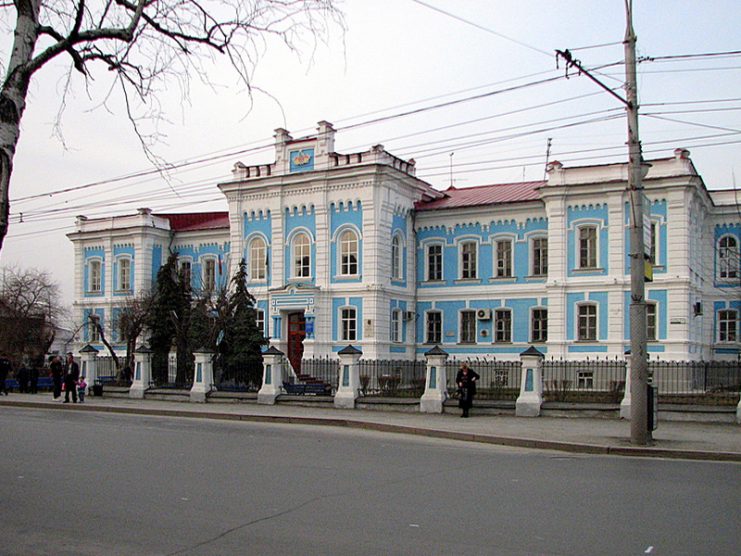
Every ten days Zbarsky reported to Stalin by phone about the state of Lenin and all the incidents that occurred during this period. Once, temporary interruptions of electricity happened in Tyumen. For this reason, a special cable was laid that provided uninterrupted power supply directly from the power station to the school building.
During the war in Tyumen, there seemed to be no reason for secret or heavily guarded objects, so a lot of rumors spread among the local population. At the same time in Moscow, the guard of honor continued near the empty mausoleum. This was done to preserve secrecy and so that no one would suspect that the mausoleum was empty.
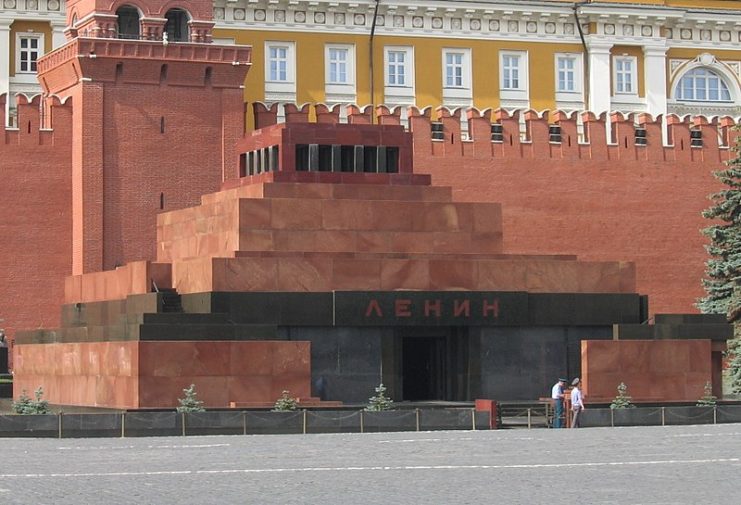
Presumably, in 1942, Professor Zbarsky discovered black mold on Lenin’s body. According to the rules, when this happens, the affected part of the body must be destroyed or burned with acid. However, the professor and his staff could have gone to jail for the application of such methods. Zbarsky managed to eliminate the threat and ensure the mold did not damage the body.
After the war, Zbarsky recalled, “In December 1943, a government commission came to Tyumen, appointed at my request. People’s Commissar of Health of the USSR Mitelev and…academicians Abrikosov, Burdenko, and Orbeli. They admitted that Lenin’s body had not changed in 20 years. It keeps the image of Ilyich, as it is preserved in the memory of the Soviet people.”
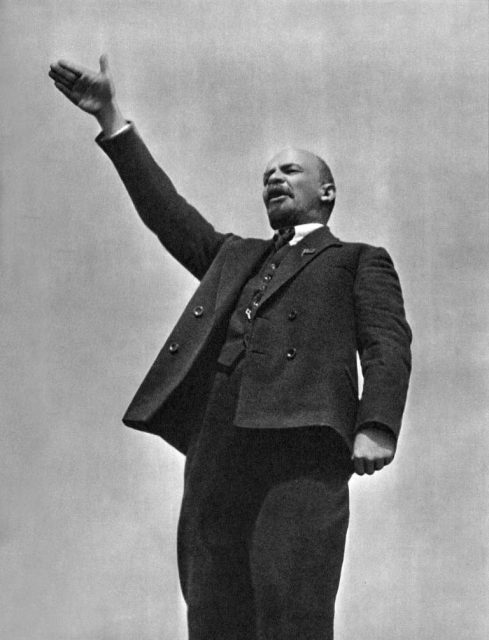
For 3 years and 9 months, Lenin’s body was kept in Tyumen. Zbarsky, fearing a repetition of the terrible symptoms of black mold, repeatedly insisted on returning to Moscow. On March 29, 1945, an order was issued to relocate Lenin’s body to Moscow.
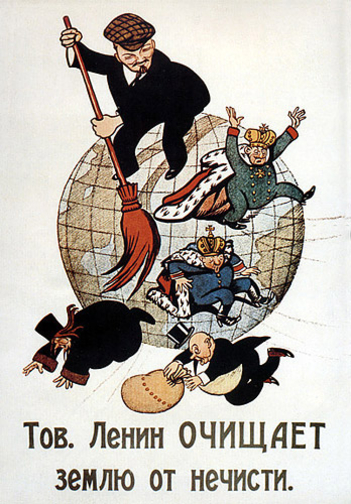
In April 1945, the body was taken back and in September, the Mausoleum was reopened. The removal to Tyumen during the war was the only time that the embalmed body of the leader of the world proletariat left the Mausoleum on Red Square. On July 26, 1945, for outstanding scientific achievements that were significant to the state, Boris Zbarsky was awarded the title of Hero of Socialist Labor.
Read another story from us: Pavlov’s House – “Fortress” at Stalingrad
However, in 1952 he was arrested on an unfair charge. According to his son Ilya, “I know he was not convicted…he just spent a year and a half in prison…and the only thing he told me was that he was accused of being a German spy…I did not see his criminal case.”
A few months after Stalin’s death in December 1953, Zbarsky was released from prison.
